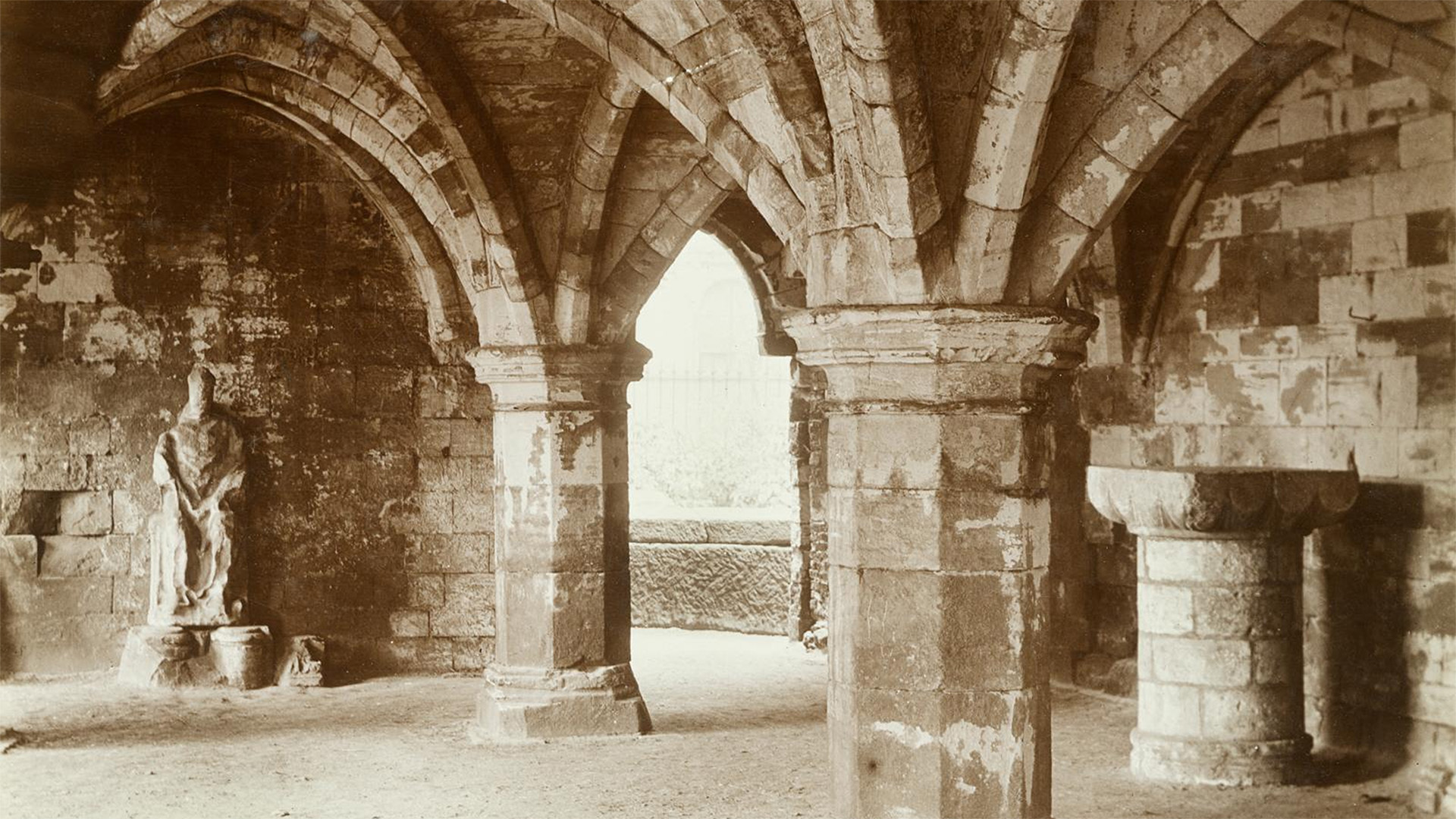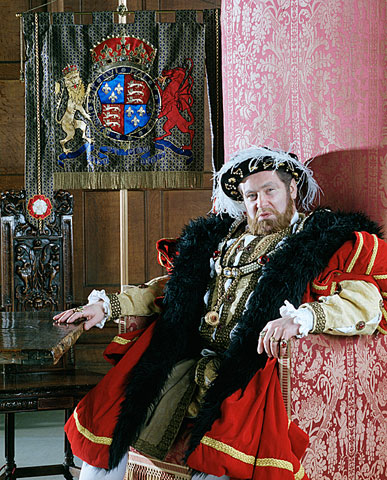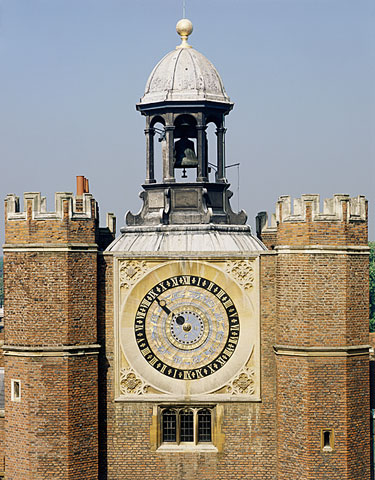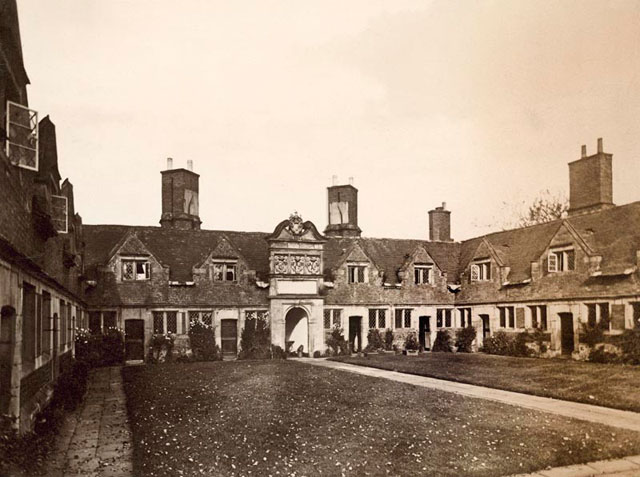The history of people with disabilities since 1050.
Disability from 1485-1660
This section tells you how great changes in 16th century English society had a lasting effect on the lives of people with disabilities.
In this section
Audio version: 🔊 Listen to this section as an MP3
-
Overview: Disability from 1485-1660 (current page)
This section tells you how great changes in 16th century English society had a lasting effect on the lives of people with disabilities.
-
Disability in the Tudor Institutions
Many of the religious institutions caring for the sick and disabled were destroyed during Henry VIII's dissolution of the monasteries.
-
The King's Fools - Disability in the Tudor Court
How 'natural fools' - people with learning disabilities - were well cared for at the Tudor court and valued for their directness and humour.
-
Mental illness in the 16th and 17th centuries
The appointment of the Bethlem's first medical 'keeper' reflected society's growing view that mental illness was a medical matter.
-
Marriage, Work, Family and War - the Daily Life of People with Disabilities in the 16th and 17th Centuries
How many disabled people living in their communities in the 16th and 17th centuries were able to work, marry and raise children.
The destruction of religious hospitals
When Henry VIII split from the Roman Church, he ordered the 'Dissolution of the Monasteries'. Across the country, religious houses were demolished and monks and nuns driven out. The hospitals in these buildings were lost, along with the systems of care they had provided for sick and disabled people. For many, poverty and a life on the streets followed this destruction.
A petition to King Henry in 1538 called for the re-foundation of the hospitals that had been closed down. It complained of 'the miserable people lyeing in the streete, offending every clene person passing by the way'. But very little new building took place over the next 30 years.
Social duty
Gradually, caring for disabled people became a civic duty, not just a religious matter. Rich benefactors still funded buildings for the disabled but it was to enhance their reputation, not to save their souls.
In London, new hospitals were built and some old ones were re-founded. These were increasingly public buildings, funded by parish collections, taxes and donations. By the end of the 16th century, new almshouses and hospitals were springing up.
Laws and social attitudes
A series of Poor Law Acts viciously punished 'sturdy vagabonds' who were seen as idle by choice. They could be whipped and branded. But the 'impotent poor' were viewed differently. 'The person naturally disabled, either in wit or member, as an idiot, lunatic, blind, lame etc., not being able to work…all these… are to be provided for by the overseers of necessary relief and are to have allowances … according to…their maladies and needs.'
The 'Natural Fools' at court
Life was very different for some. A few people we would recognise today as having learning disabilities enjoyed a privileged life at court, with a 'keeper' who looked after them. These 'natural fools' were seen as an important source of wisdom and humour. They provided a welcome contrast to the plotting and treachery at court.
The 'natural fool' Will Somer and 'Jane the Fool' can be seen in paintings of the Royal Family from this period.
Medical treatment for mental illness
The small Bethlem Hospital was the only institution for mentally ill people to survive. In 1547, its control passed to the Corporation of London and its first medically qualified superintendent was employed. The hospital suffered financial abuse and neglect for many years, but attitudes were changing and mental illness was increasingly seen as a matter for medical treatment.
Care in the community
Life could be very hard for disabled people but they were not isolated. Most mentally ill people lived in their communities, treated with religious, psychological, astrological and traditional remedies. Other disabled people married and had families and worked, unless their disabilities were too extensive. In 1570, a 70-year-old blind baker was still hard at work in Norwich, helped by his wife.
Tudors
Please click on the gallery images to enlarge.
Watch the BSL video on disability from 1485-1660










